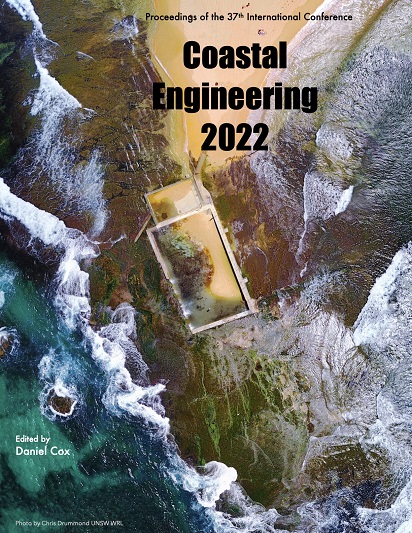Abstract
Over the past decade there has been extensive growth in the proposed use of ecosystem approaches to mitigating coastal hazard risks. Conventional engineering approaches typically rely on fully emergent breakwaters or seawalls like rubble mounds, caissons or panel attenuators that use concentrated, high energy methods to reflect and/or violently break wave energy. However, naturally occurring fringing reefs (coral or rocky) which protect vast portions of the world’s coastline from coastal erosion are typically submerged or partially emergent structures that attenuate energy though distributed energy mechanisms: drag dissipation and low energy wave breaking (Lowe, 2021). Multi-functional engineered reefs were designed and installed at two sites, Mon Choisy, Mauritius and C.Y. O’Connor beach in Western Australia. The reefs are designed replicate ecosystem services provided by naturally occurring reefs.References
Borrero, et al. (2016: Design and Assessment of Climate Change Adaptation and Erosion Control Measures for
Mon Choisy Beach, Republic of Mauritius, 13th International Coral Reef Symposium, Honolulu, Hawaii.
Geldard, et al. (2021): Performance of Engineered Wave Attenuating Reef Structures, Australasian Coasts & Ports.
Lowe (2021): Advancing predictions of nearshore processes within coastal ecosystems, 2nd Sea State CCI User Meeting

This work is licensed under a Creative Commons Attribution 4.0 International License.
Copyright (c) 2023 Matthew Allen, Justin Geldard, Ryan Lowe, Christopher Beaton

